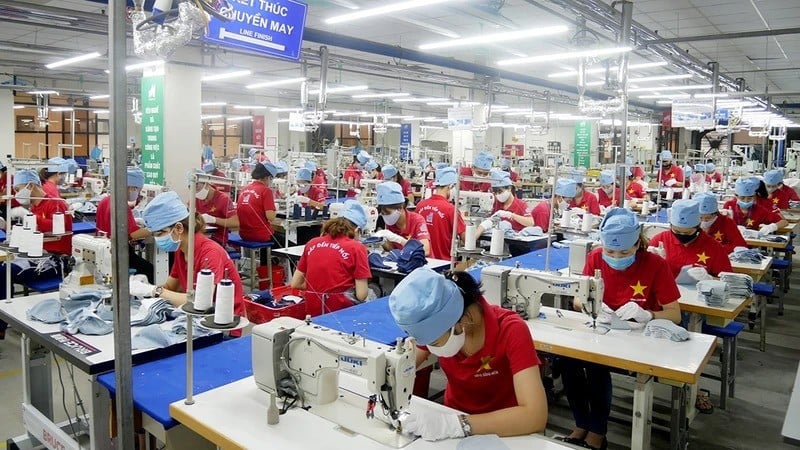
This result was achieved thanks to the tremendous efforts of the company, in the context of a volatile market, especially geopolitical instability and escalating conflicts in many regions that disrupted supply chains and increased transportation costs.
Along with that, the "dark shadow" reciprocal tax policy The tariffs imposed by the US administration under President Donald Trump are having a global impact. Although still in a temporary suspension for negotiations, with the announcement expected on August 1st, the US imposition of an additional 10% Most Favored Nation (MFN) tariff has created many difficulties for exporting countries, including Vietnam.
In order to take advantage of market opportunities, export businesses They are all focusing on production before the new US tax policies are implemented, which could cause a market reversal.
Over the past period, partners and customers have highly appreciated Vietnam's textile and garment industry for overcoming difficulties and maintaining high growth momentum, especially the way businesses share information and have their own strategies to identify bottlenecks and resolve difficulties and obstacles.
Moreover, exporting to 132 countries and territories has demonstrated the position of Vietnam's textile and garment industry on the world map. Currently, businesses have orders secured until September and are negotiating for the year-end orders. Businesses are also determined to mobilize all resources to support a "rapid" production campaign to meet delivery deadlines and maximize tariff advantages, thereby optimizing profits and creating reserves to meet future production needs.
With current growth rates exceeding 10%, export turnover The textile and garment industry is projected to see a breakthrough in export volume in July, a crucial step towards achieving its annual export target of $46-47 billion. However, to realize this, businesses must effectively leverage the advantages offered by the 17 new-generation free trade agreements that have come into effect; and adapt to changing circumstances and institutional conditions, due to disagreements over economic and trade views among some major countries.
Businesses need to increase investment in modern machinery and equipment, continuously improve the skills of their workers, and quickly shift their production methods from CMT (manufacturing on demand) to FOB (buying raw materials, manufacturing, and selling finished products), ODM (original design manufacturing), OBM (original brand manufacturing), etc., in order to increase product value and enhance their position in the supply chain.
In addition to their own efforts, businesses need support through the creation of information channels to access and develop markets; effectively exploiting import, export, and payment policies, etc., to mitigate risks and avoid disadvantages arising from changes in mechanisms and policies brought about by some major markets.
The government also needs to have preferential mechanisms and policies regarding capital, taxes, fees, land, and the construction of modern industrial zones and clusters to attract domestic and foreign businesses to invest along the value chain, quickly reducing the shortage of raw materials for domestic production.
Source: https://baoquangninh.vn/khang-dinh-vi-the-nganh-det-may-xuat-khau-dat-gan-22-ty-usd-trong-6-thang-3366748.html









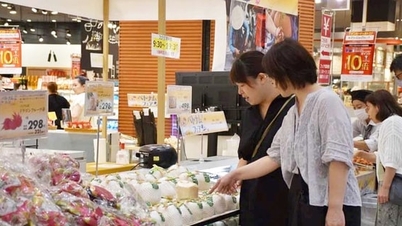

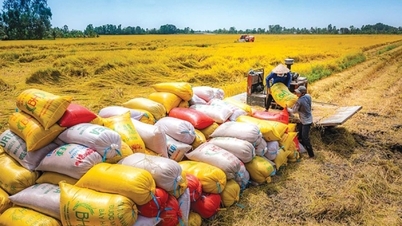



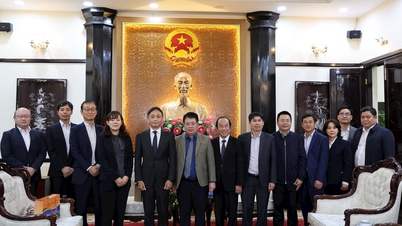



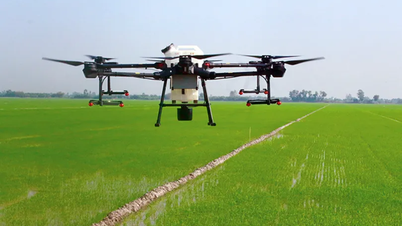

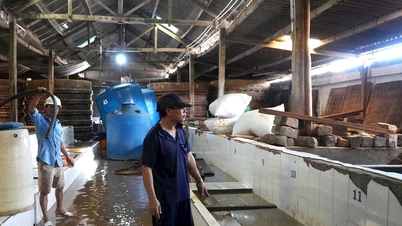




















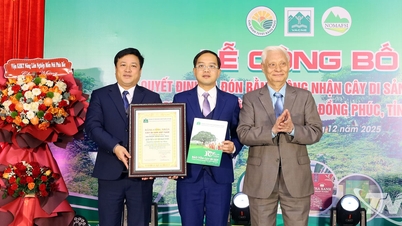















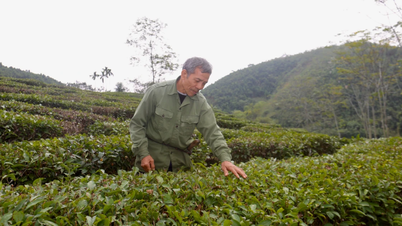




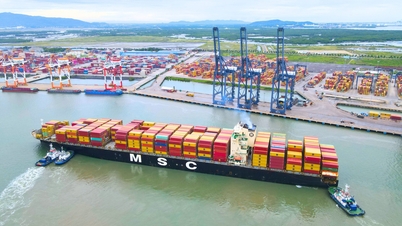
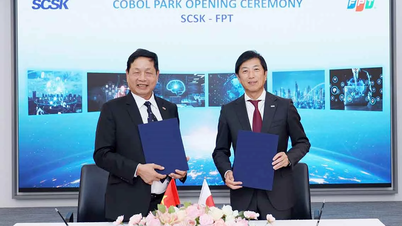





















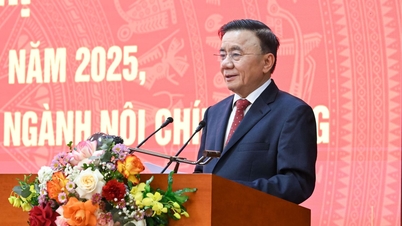






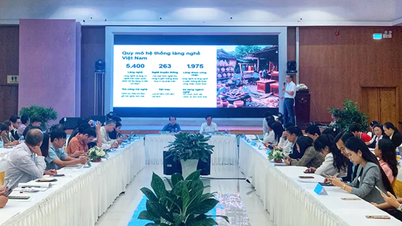


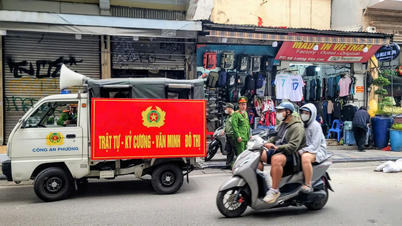















Comment (0)